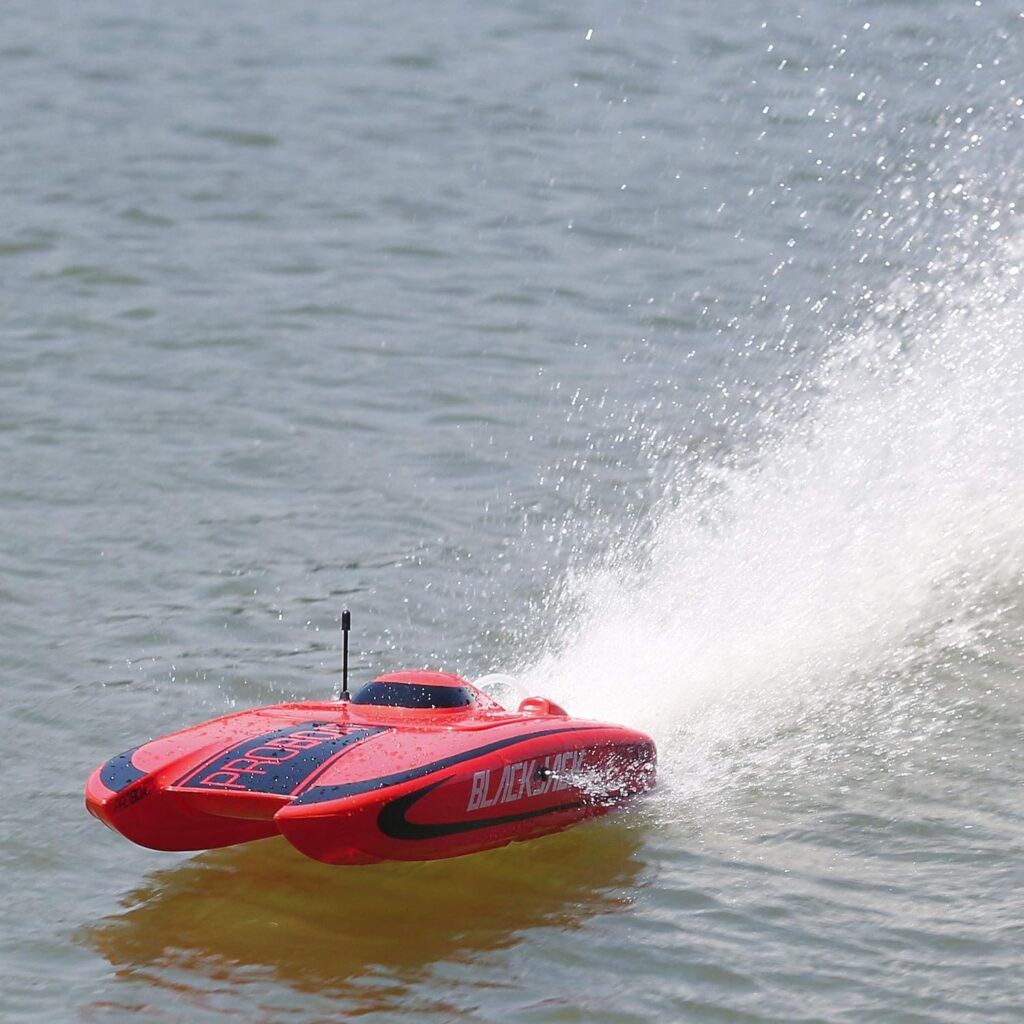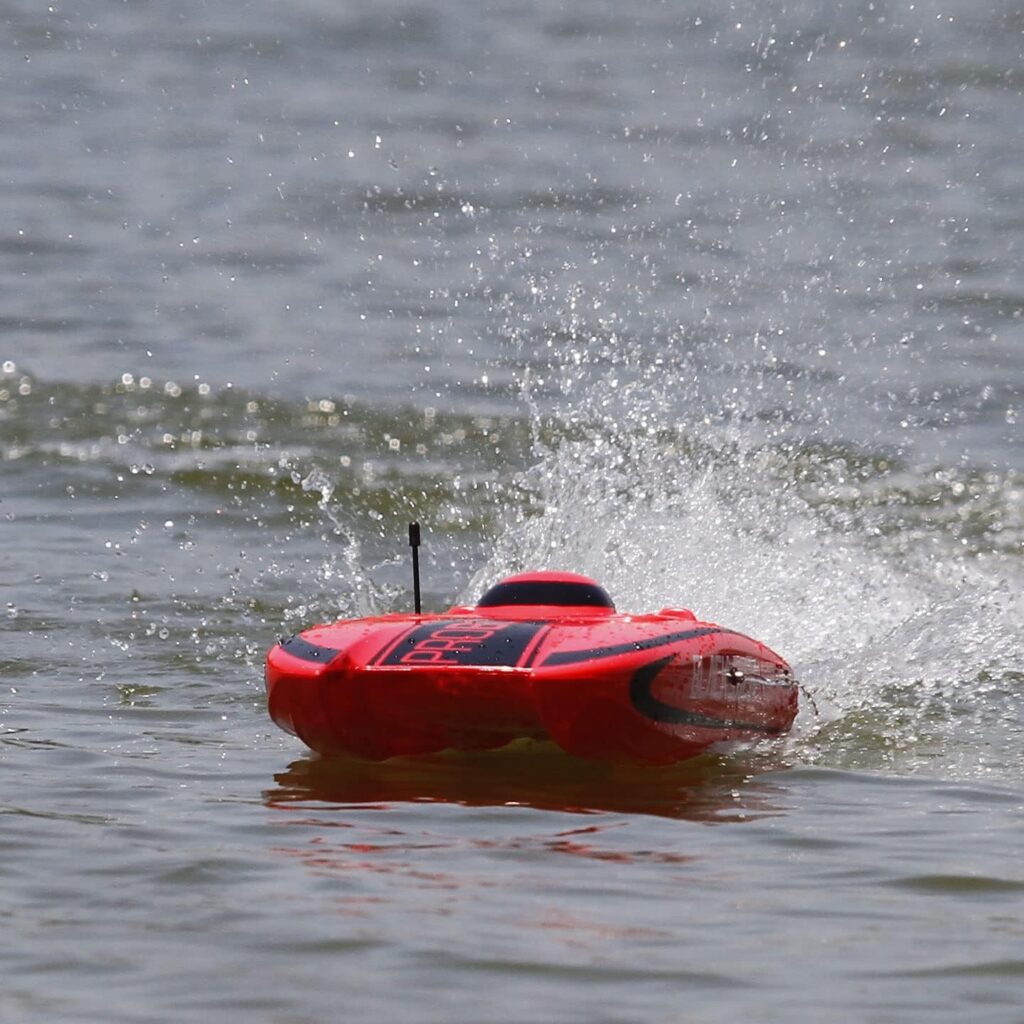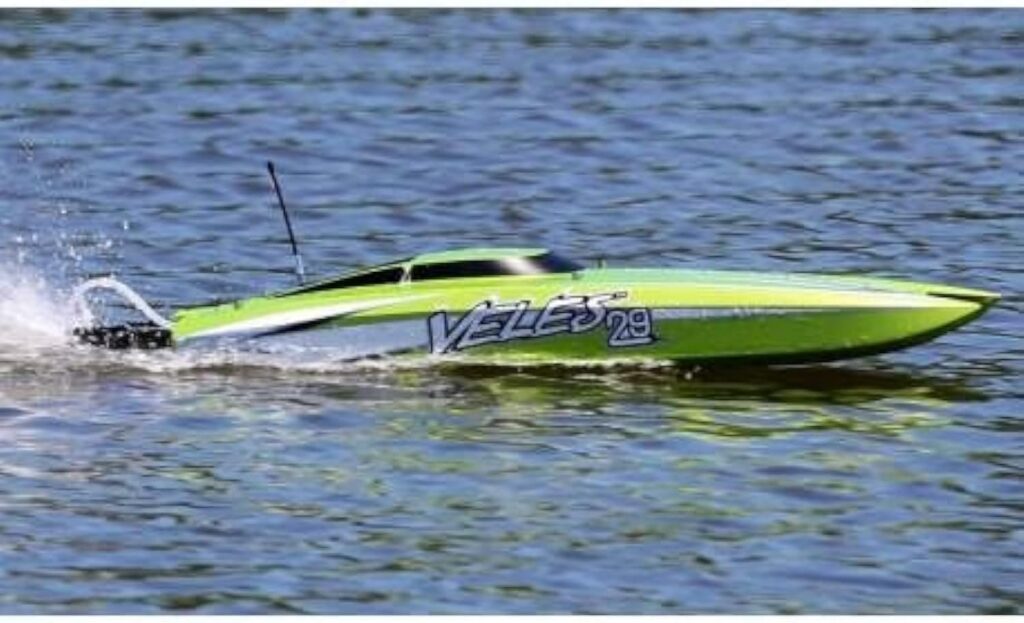Remote controlled (RC) boats are a popular hobby, but require waterproofing to protect internal electronics from damage. While designed for water operation, components like the radio receiver, servo motors, speed controller and batteries must be kept dry to avoid corrosion, shorts and permanent failures over time. Properly sealing the hull, hatches, wiring and connections is essential to maximize enjoyment of the hobby, ensure consistent high performance, extend boat lifespan and protect your investment. This guide will provide guidance on recommended materials, step-by-step methods and regular maintenance of how to waterproof RC boat.
What is an RC Boat?
Remote controlled (RC) boats are a popular hobby for enthusiasts of all ages. These miniature vessels are powered by electric motors and controlled remotely by a handheld transmitter. The transmitter sends radio signals to a receiver inside the boat, allowing you to steer and control speed from a distance. RC boats come in many varieties, from scale models of real ships to high-performance racing boats. They are most often powered by small electric motors, running off onboard rechargeable battery packs. This makes them quiet, clean and easy to operate compared to gas powered models. Some larger models use small gasoline engines for extended run times.

Why Waterproofing RC Boat is Important?
While RC boats are designed for water operation, they contain many electronic components that can fail if they get wet. The radio receiver, servo motors, speed controller and batteries must be kept dry for proper functioning. Water exposure will lead to corrosion, short circuits, and permanent damage over time. Therefore, it is critical to properly waterproof your boat before running it.
The hull, hatches, wiring, connections and all openings need to be sealed against water intrusion. High quality waterproofing is essential to enjoy this hobby and protect your investment in your model. It ensures your boat keeps running trouble-free for many voyages, rather than suffering from constant electrical failures.
Materials Needed to Waterproof RC Boat
1. Waterproofing paints/coatings
To properly waterproof your RC boat, you will need various waterproofing paints and coatings. Choose a two-part marine grade epoxy resin formulated for immersion service, as epoxy is the prime waterproofing agent. Polyurethane paints also provide a protective coating over wood and fiberglass hulls – use a marine grade polyurethane suited for total water immersion. For exposed wooden hull elements, multiple coats of marine varnish give a glossy, water-resistant seal. Silicone conformal coating can be applied over electronics to provide an additional moisture barrier – use a heat-cure silicone resin made specifically for coating circuit boards.
2. Sealing strips
Sealing strips like closed cell foam and firm rubber gaskets are important for sealing hatches, access panels and junctions between hull sections. The soft foam compresses to block water intrusion when installed correctly. Rubber gasket strips make excellent hatch seals and are good for sealing port openings, as long as they make complete contact. O-rings are useful for sealing shafts, fastener heads and other penetrations where compression is needed but allowance for movement is desired.
3. Waterproof glue
For waterproof glues, choose a marine epoxy putty that cures solid and watertight for sealing gaps and filling holes. Silicone sealants stay somewhat flexible when cured, good for sealing cracks and gaps in non-stress areas. Hot melt glue can quickly seal small cracks and gaps but softens at elevated temperatures, so limit its use.
4. Other necessary tools
Other necessary tools include sandpaper for smoothing hull and component surfaces prior to sealing, paint brushes and rollers for epoxy and paint application, mixing sticks for multi-part products, mixing containers, clean rags, tape, knives, pliers, screwdrivers, and a heat gun.

Steps to Waterproof RC Boat
1. Inspect the hull for any damage
Thoroughly inspect the entire hull for any cracks, holes, or damage that will allow water intrusion. Check the hull interior and exterior by running your hand along all surfaces, sealing joints, and structural members. Use a bright light to illuminate any problem areas. Look for cracks, gouges, abrasions, holes, loose fittings and any gaps or poor sealing.
Pay particular attention to the keel, bow, stern, rudder and other high stress areas. Check locations where components penetrate the hull such as the drive shaft, rudder post, and propeller shaft. Any problem areas should be sanded, filled with epoxy putty, and repainted prior to waterproofing.
2. Apply waterproofing paint/coating on key areas
Once the hull inspection is complete, sand any areas to be painted, sealed or recoated to ensure proper adhesion. Wipe down all surfaces with a clean, dry rag to remove dust and debris. Apply at least two coats of marine grade epoxy resin to the entire exterior hull for comprehensive waterproofing. Allow proper drying time between coats.
Use extra epoxy around high stress points, joints, keel, rudder post, and drive propeller penetrations. For wooden hull interiors, apply marine varnish or polyurethane. Paint interior compartments housing electronics with silicone conformal coating. Seal all nuts/bolts passing through the hull with marine epoxy.
3. Seal around hatches with waterproof glue
Hatches, access plates, motor pod openings and other ports require reliable sealing to prevent leaks. Clean and sand surfaces around each opening. Apply a 1/4 inch bead of marine epoxy putty around the edge of the opening. Carefully reinstall the hatch or plate and maintain firm pressure until the putty has set.
Allow full curing time before operating the boat. As an additional precaution, coat the putty with epoxy resin. For frequently opened hatches, apply rubber gasket strips or closed cell foam. Compress the strips slightly when closing the hatch.
4. Install sealing strips
Use closed cell foam strips, rubber gaskets and o-rings to seal joints and gaps vulnerable to leaking. Measure openings and cut strips to length. Adhere strips with silicone sealant or polyurethane adhesive. Key areas to seal include:
- Along topsides to deck joints
- Around cabins and deck fittings
- Battery compartment seals
- Around wire and tubing penetrations
Avoid over-compression and inspect regularly for deterioration. Replace strips immediately at the first sign of leakage.
5. Test waterproofing
Once all paint, seals and hardware are fully cured and installed, test waterproofing by simulating operating conditions:
- Fill hull fully with water, check for leaks at joints, hull penetrations and hatches.
- Place in a tub or pond, power on, operate rudder/propulsion to see if leakage occurs under water pressure.
- Run for an extended period to detect any moisture intrusion over time.
Isolate and fix any identified entry points for water. Verify full waterproofing before considering the boat ready for use. Thorough sealing makes for a worry-free experience out on the water.

Regular Maintenance of RC Boat
1. Periodically inspect the hull
Ongoing inspection and maintenance is key to preserving your waterproofing efforts long-term. Set a schedule to periodically check over the hull interior and exterior. Examine the same areas covered in initial inspection for any new cracks, seal deterioration, leaks or damage. Closely check high stress points and joints between hull components.
Any cracks or damage in the paint or epoxy coatings provides a path for water intrusion and must be addressed. Make it a habit to inspect the hull before and after each outing. Beyond visual inspection, testing for moisture inside compartments and the bilge area will identify leaks.
2. Repair any damage right away
As soon as any flaw is discovered, immediately take action to repair it. Small cracks or damaged areas in the hull coating should be sanded smooth, wiped clean, and recoated with epoxy. For cracks or gouges in the hull itself, use marine epoxy putty to fill and seal.
If sealing strips become compressed, torn or leak, remove and replace them. Reapply fresh sealant/adhesive when installing replacement strips. Keep sealing strip spares on hand for prompt repair. Internal leaks will require identifying the source, fully drying components, repairing damage, and replacing any corroded parts.
3. Replace aging parts
The metals, plastics, paints and sealants used on RC boats will gradually deteriorate with extensive use and exposure to the elements. As components show signs of wear, age and weathering, replace them preemptively.
Keep spares of frequently worn parts like hatch seals, O-rings, and bearings. Replace drain and air vent plugs at the first sign of hardening. Check electrical systems and coatings yearly and restore corroded connections. Maintain the waterproofing by renewing paints and sealed areas. Replace batteries according to recommended lifespans.
List of the Best RC Boats
IMAGE | PRODUCTS | RATING | |
Final Thoughts
Properly waterproofing your RC boat is crucial to protecting internal electronics from water damage, avoiding electrical failures, and ensuring maximum performance and enjoyment of this fun hobby. By thoroughly sealing the hull, hatches, joints, penetrations and openings with marine grade epoxy, paints, seals and careful assembly, your boat will be ready for carefree operation in wet conditions. Taking the time to inspect, maintain and renew waterproofing measures through ongoing maintenance will extend the boat’s lifespan and your return on investment. Following the recommendations provided in this guide for materials selection, step-by-step sealing procedures and regular upkeep, you can confidently waterproof your prized RC boat for lasting trouble-free voyages.
Enjoyed this guide of How To Waterproof RC Boat? Then be sure to check out our other RC Rating guides.






